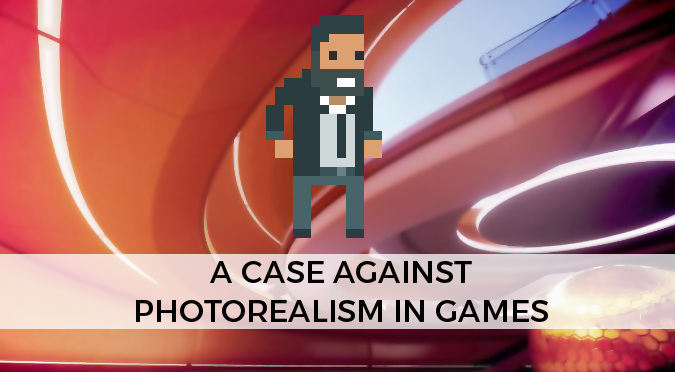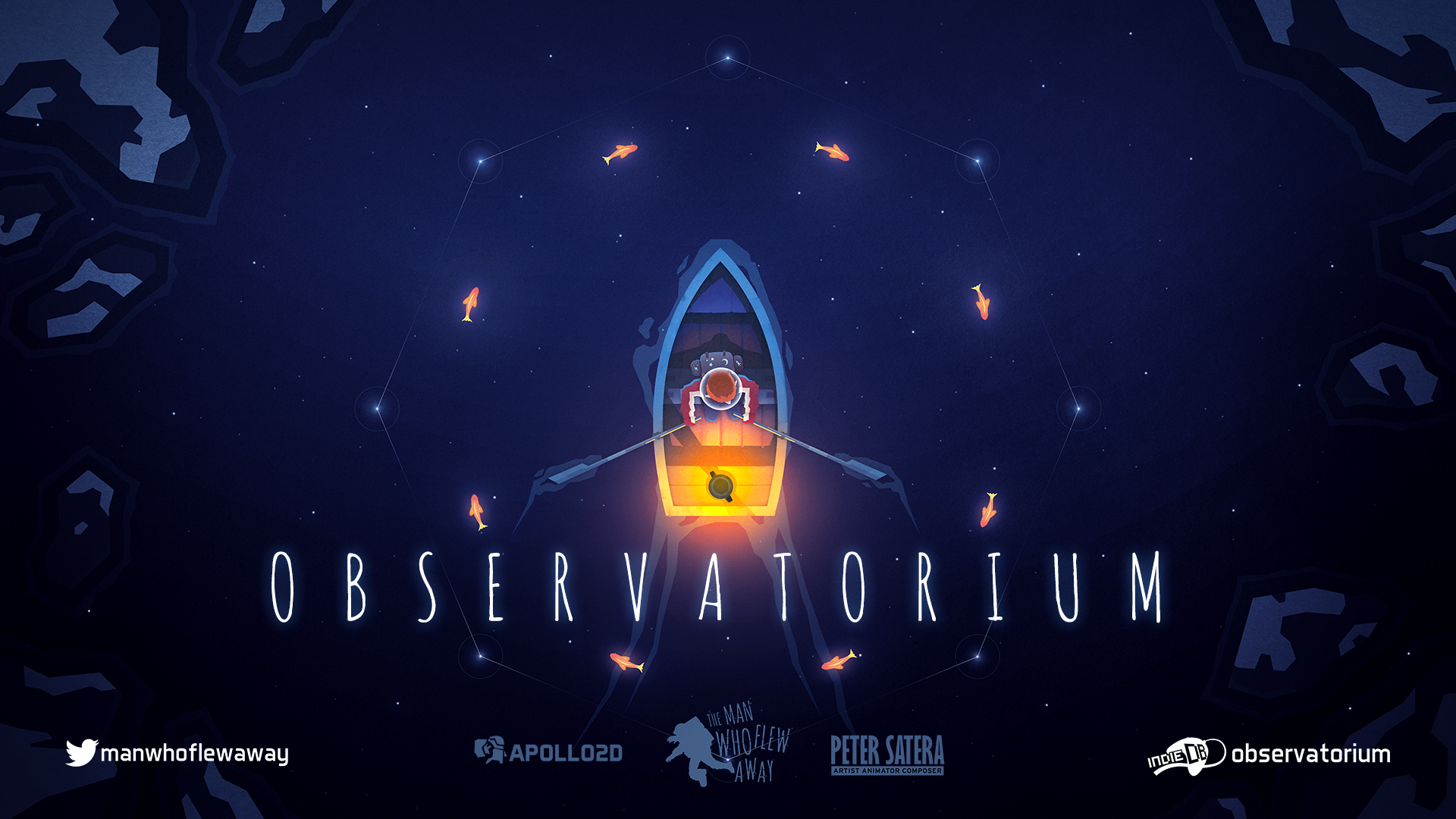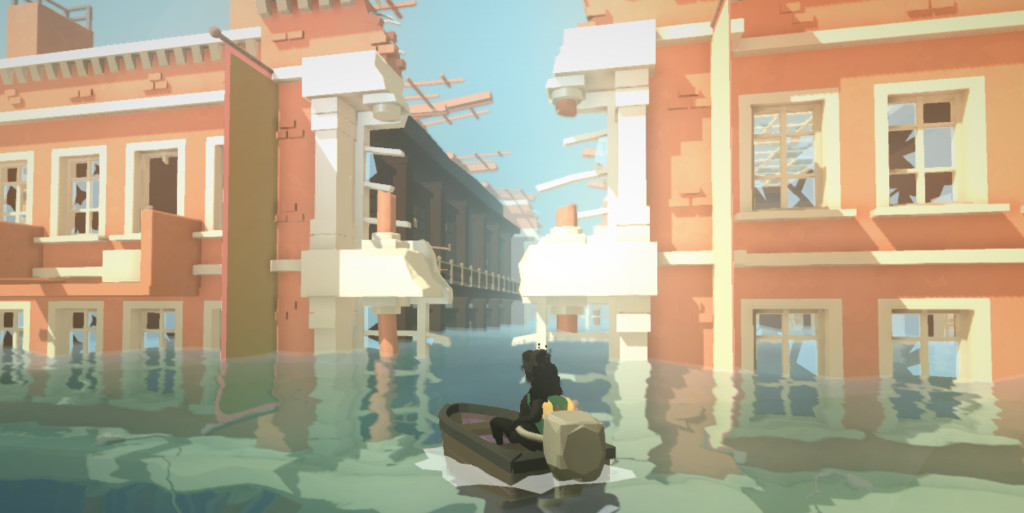
This post will explain why photorealistic rendering in games is important and, paradoxically, why you shouldn’t care too much about it.

- Part 1. What gamedevs should learn from movies
- Part 2. The importance of story telling
- Part 3. Aesthetics over graphics
- Conclusion
Photorealism is the Bonsai Kitten of game development: everyone talks about it, but it has yet to be seen. Despite this, there’s an ongoing battle of wits between game engines, ferociously fought with tech demos and last-minute announcements. Being able to render reality seems to be the priority. But… does it really matter? Continue reading




